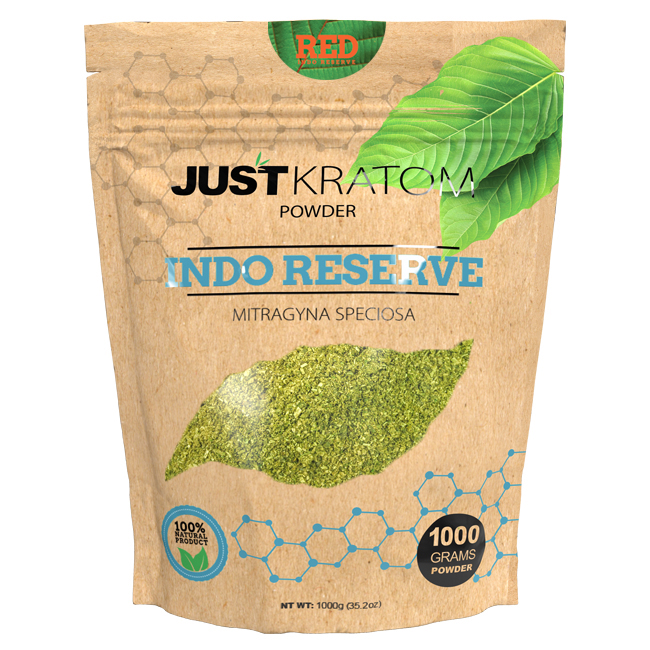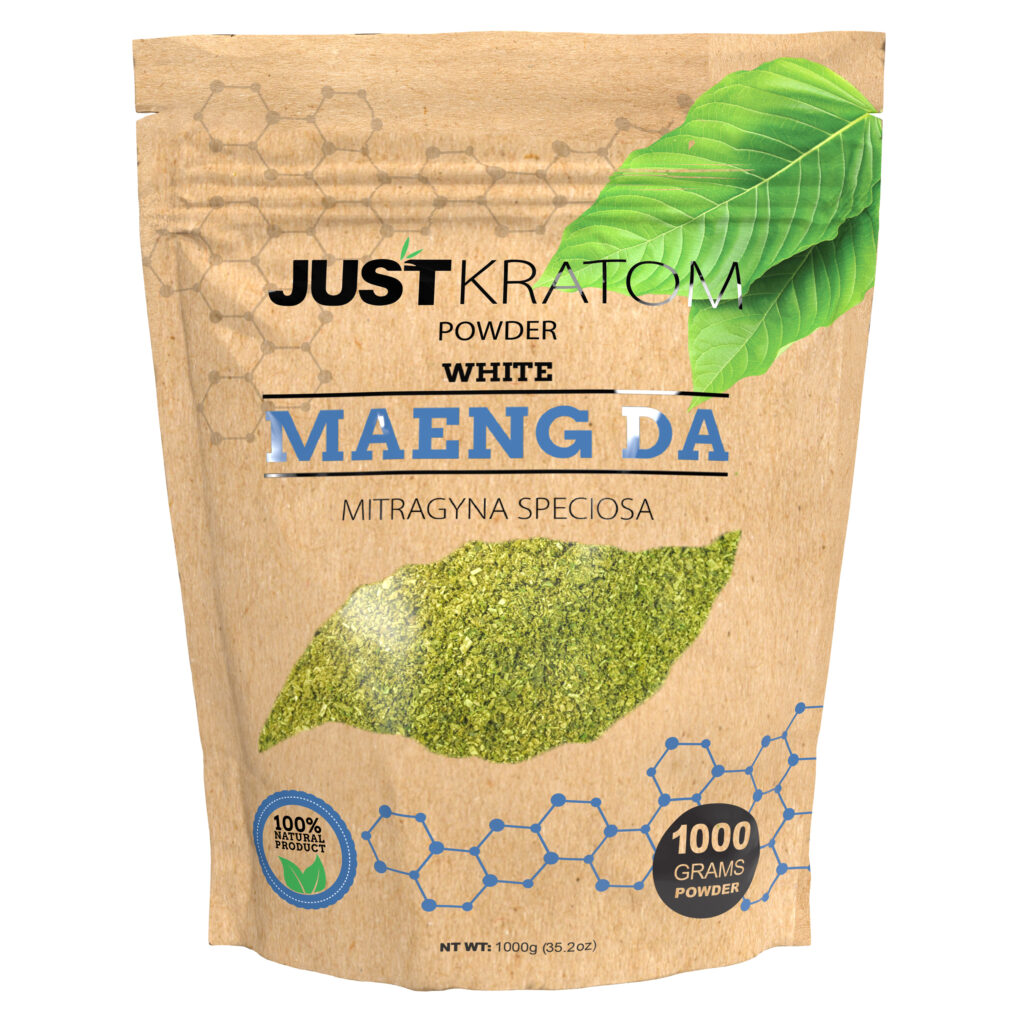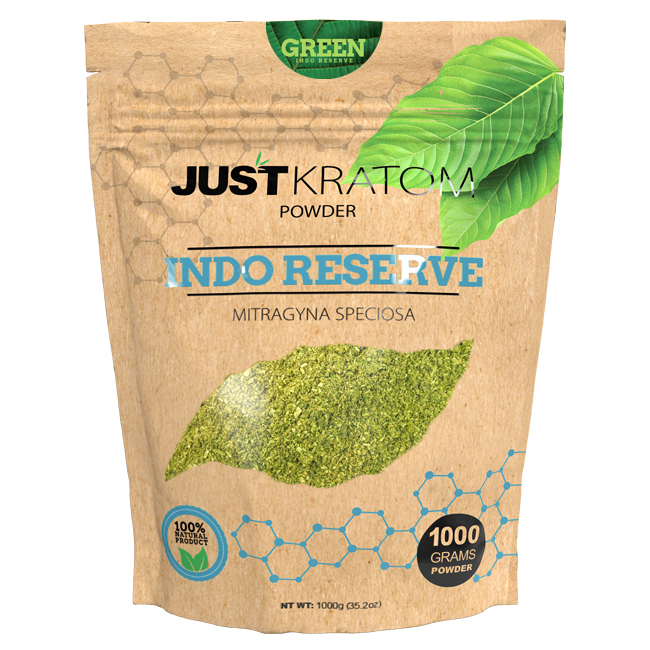Understanding Kratom’s Effects
Kratom, a tropical plant native to Southeast Asia, has gained increasing popularity for its purported medicinal and recreational effects. However, like any substance, kratom can be misused and lead to adverse health consequences, including overdose. Understanding the potential risks associated with kratom use is crucial for anyone considering trying this herbal supplement.
Short-Term Effects
Kratom’s short-term effects are largely dependent on the dose consumed. Lower doses are often reported to produce stimulating effects similar to caffeine, including increased energy, focus, and sociability. These doses may also alleviate mild pain and boost mood. Higher doses, however, can lead to sedative effects such as relaxation, drowsiness, and euphoria.
It is important to note that these effects are subjective and vary significantly from person to person based on factors like body weight, metabolism, tolerance, and individual sensitivity.
Long-Term Effects

Long-term kratom use can have more serious consequences for both physical and mental health. Prolonged exposure to kratom may lead to dependence and withdrawal symptoms when attempting to cease use. These withdrawal symptoms can include irritability, anxiety, insomnia, muscle aches, and gastrointestinal distress.
Additionally, chronic kratom use has been linked to potential liver damage, respiratory problems, and cardiovascular issues. The long-term effects of kratom on the brain are still being studied, but there are concerns about its potential impact on cognitive function and mental health.
Dosage and Frequency Guidelines
To minimize the risk of adverse effects, understanding dosage and frequency guidelines is crucial for safe kratom use. Starting with a low dose and gradually increasing it as needed can help individuals determine their personal tolerance and avoid potential overdose. It’s also important to be mindful of the cumulative effects of kratom and avoid frequent or prolonged use.
Starting Dose Recommendations
Dosage and frequency guidelines for kratom are crucial for safe use and minimizing the risk of adverse effects. Starting doses should be low, typically around 2-5 grams, and gradually increased as needed to achieve the desired effect. It’s essential to listen to your body and avoid exceeding a daily intake of 10 grams.
The frequency of kratom use should also be considered. While some individuals may use it occasionally, prolonged or frequent use can increase the risk of dependence and withdrawal symptoms. It’s recommended to limit kratom consumption to no more than once a day and take breaks from using it periodically.
Adjusting Dosage Based on Individual Response
Adjusting dosage based on individual response is essential for safe kratom use.
- Begin with a low dose, typically 2-5 grams, and carefully observe its effects.
- Gradually increase the dose in small increments as needed to achieve the desired effect, while remaining mindful of your body’s response.
- Pay close attention to any adverse effects and adjust the dosage accordingly. If you experience discomfort or unwanted symptoms, reduce the dose or take a break from kratom use.
Remember, what works for one person may not work for another. It is crucial to personalize your dosage and frequency based on your individual needs and tolerance level.
Safe Frequency of Use
Dosage and frequency guidelines are essential for safe kratom use and minimizing the risk of adverse effects. Starting doses should be low, typically around 2-5 grams, and gradually increased as needed to achieve the desired effect. It’s crucial to listen to your body and avoid exceeding a daily intake of 10 grams.
The frequency of kratom use should also be considered. While some individuals may use it occasionally, prolonged or frequent use can increase the risk of dependence and withdrawal symptoms. It’s recommended to limit kratom consumption to no more than once a day and take breaks from using it periodically.
Adjusting dosage based on individual response is essential for safe kratom use. Begin with a low dose, typically 2-5 grams, and carefully observe its effects. Gradually increase the dose in small increments as needed to achieve the desired effect, while remaining mindful of your body’s response.
Pay close attention to any adverse effects and adjust the dosage accordingly. If you experience discomfort or unwanted symptoms, reduce the dose or take a break from kratom use.
Remember, what works for one person may not work for another. It is crucial to personalize your dosage and frequency based on your individual needs and tolerance level.
Signs and Symptoms of Overdose
Recognizing the signs and symptoms of an overdose is crucial for anyone using kratom. Overdose can manifest in various ways, including respiratory depression (slowed or difficult breathing), pinpoint pupils, confusion, seizures, vomiting, and loss of consciousness. If you suspect someone is overdosing, immediately seek emergency medical attention.
Physical Signs
Recognizing the signs and symptoms of an overdose is crucial for anyone using kratom. Overdose can manifest in various ways, including respiratory depression (slowed or difficult breathing), pinpoint pupils, confusion, seizures, vomiting, and loss of consciousness. If you suspect someone is overdosing, immediately seek emergency medical attention.
- Respiratory depression: Slowed or difficulty breathing
- Pinpoint pupils (constricted)
- Confusion
- Seizures
- Vomiting
- Loss of consciousness
Mental/Emotional Signs
Mental and emotional signs of kratom overdose can include agitation, anxiety, paranoia, hallucinations, and difficulty concentrating. These symptoms may be accompanied by physical signs such as rapid heart rate, sweating, tremors, and nausea.
What to Do in Case of Overdose
Recognizing the signs and symptoms of an overdose is crucial for anyone using kratom. Overdose can manifest in various ways, including respiratory depression (slowed or difficult breathing), pinpoint pupils, confusion, seizures, vomiting, and loss of consciousness. If you suspect someone is overdosing, immediately seek emergency medical attention.
- Respiratory depression: Slowed or difficulty breathing
- Pinpoint pupils (constricted)
- Confusion
- Seizures
- Vomiting
- Loss of consciousness
Mental and emotional signs of kratom overdose can include agitation, anxiety, paranoia, hallucinations, and difficulty concentrating. These symptoms may be accompanied by physical signs such as rapid heart rate, sweating, tremors, and nausea.
First Aid Measures
Recognizing the signs and symptoms of an overdose is crucial for anyone using kratom. Overdose can manifest in various ways, including respiratory depression (slowed or difficult breathing), pinpoint pupils, confusion, seizures, vomiting, and loss of consciousness. If you suspect someone is overdosing, immediately seek emergency medical attention.
- Respiratory depression: Slowed or difficulty breathing
- Pinpoint pupils (constricted)
- Confusion
- Seizures
- Vomiting
- Loss of consciousness
Mental and emotional signs of kratom overdose can include agitation, anxiety, paranoia, hallucinations, and difficulty concentrating. These symptoms may be accompanied by physical signs such as rapid heart rate, sweating, tremors, and nausea.
While waiting for emergency medical services, it’s essential to take immediate action. If the person is conscious, try to keep them awake and talking. Place them in a recovery position to prevent choking if they vomit. Loosen any tight clothing and ensure their airway is clear.
If the person becomes unconscious, check for breathing and a pulse. If there’s no breathing or pulse, begin CPR immediately while waiting for paramedics to arrive.
Seeking Immediate Medical Attention
Recognizing the signs and symptoms of an overdose is crucial for anyone using kratom. Overdose can manifest in various ways, including respiratory depression (slowed or difficult breathing), pinpoint pupils, confusion, seizures, vomiting, and loss of consciousness. If you suspect someone is overdosing, immediately seek emergency medical attention.
- Respiratory depression: Slowed or difficulty breathing
- Pinpoint pupils (constricted)
- Confusion
- Seizures
- Vomiting
- Loss of consciousness

Mental and emotional signs of kratom overdose can include agitation, anxiety, paranoia, hallucinations, and difficulty concentrating. These symptoms may be accompanied by physical signs such as rapid heart rate, sweating, tremors, and nausea.
While waiting for emergency medical services, it’s essential to take immediate action. If the person is conscious, try to keep them awake and talking. Place them in a recovery position to prevent choking if they vomit. Loosen any tight clothing and ensure their airway is clear.
If the person becomes unconscious, check for breathing and a pulse. If there’s no breathing or pulse, begin CPR immediately while waiting for paramedics to arrive.
Minimizing Risks of Misuse
Kratom, a tropical plant with both medicinal and recreational uses, carries potential risks if misused. Understanding these risks and practicing responsible consumption is crucial for ensuring safe kratom use.

Avoiding Mixing with Other Substances
Mixing kratom with other substances, especially alcohol or opioids, can be extremely dangerous. Combining kratom with depressants like alcohol can amplify their effects, leading to increased sedation, respiratory depression (slowed breathing), and a higher risk of overdose.
Kratom can also interact unpredictably with certain medications, potentially causing adverse reactions. Always consult with a healthcare professional before using kratom if you are taking any prescription drugs or supplements.
It’s essential to prioritize safety and avoid combining kratom with other substances to minimize the risk of serious health complications.
Being Aware of Potential Interactions with Medications
Minimizing risks associated with kratom use involves understanding potential interactions with medications and being aware of the possibility of adverse effects when combining it with other substances.
Kratom can interact with various medications, including those affecting the central nervous system, such as opioids, antidepressants, and anxiety medications. These interactions can lead to unpredictable and potentially dangerous consequences, including heightened sedation, respiratory depression, or increased side effects.
It’s crucial to consult a healthcare professional before using kratom if you are taking any prescription drugs or supplements. They can provide guidance on potential interactions and help determine if kratom is safe for you based on your individual health history and medications.
Avoiding the combination of kratom with alcohol and other depressants is essential. Mixing kratom with these substances can significantly increase the risk of respiratory depression, sedation, and overdose.
Recognizing and Addressing Dependence
Minimizing risks associated with kratom use involves being aware of potential dependence and understanding how to use it safely. Kratom’s stimulating effects at lower doses can mask its sedative properties at higher doses, making it easy to overuse.
Recognizing the signs of dependence is crucial. These can include withdrawal symptoms like irritability, anxiety, insomnia, muscle aches, and gastrointestinal distress when attempting to stop using kratom. If you find yourself needing more kratom to achieve the desired effect or experiencing withdrawal symptoms, it’s important to seek help from a healthcare professional.
To minimize dependence risks:
* **Start with a low dose** and gradually increase it as needed.
* **Limit your frequency of use.** Avoid daily consumption and incorporate breaks into your usage pattern.
* **Be mindful of your body’s response**. Adjust your dosage based on how you feel, and don’t hesitate to take a break if you experience any adverse effects.
Remember, kratom can be used responsibly, but it requires awareness, moderation, and careful attention to your individual needs and responses.
Buy Kratom Powder for enhanced well-being
- How To Choose The Best Kratom Capsules For Your Needs - September 13, 2025
- How To Avoid Overdose Or Misuse When Taking Kratom Powder - September 10, 2025
- How The Nu-Derm Skin System Targets Skin Elasticity In Surrey - September 7, 2025
